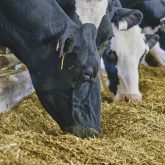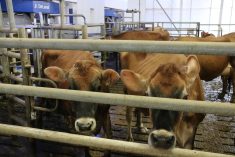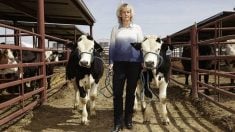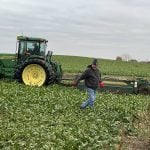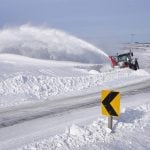Ontario’s first hay cut is looming so it’s a good time to inspect the harvest equipment to ensure safety and avoid in-season problems.
The good news is that parts, should they be needed, are more accessible than in recent years, according to Jim Franceshetti, parts and service product marketing manager for harvesting, hay and forage at New Holland.
WHY IT MATTERS: An efficient and safe hay harvest requires thoroughly checking equipment for damaged, missing or worn out parts, ruptured or leaking hoses, and effective safety equipment.
Read Also
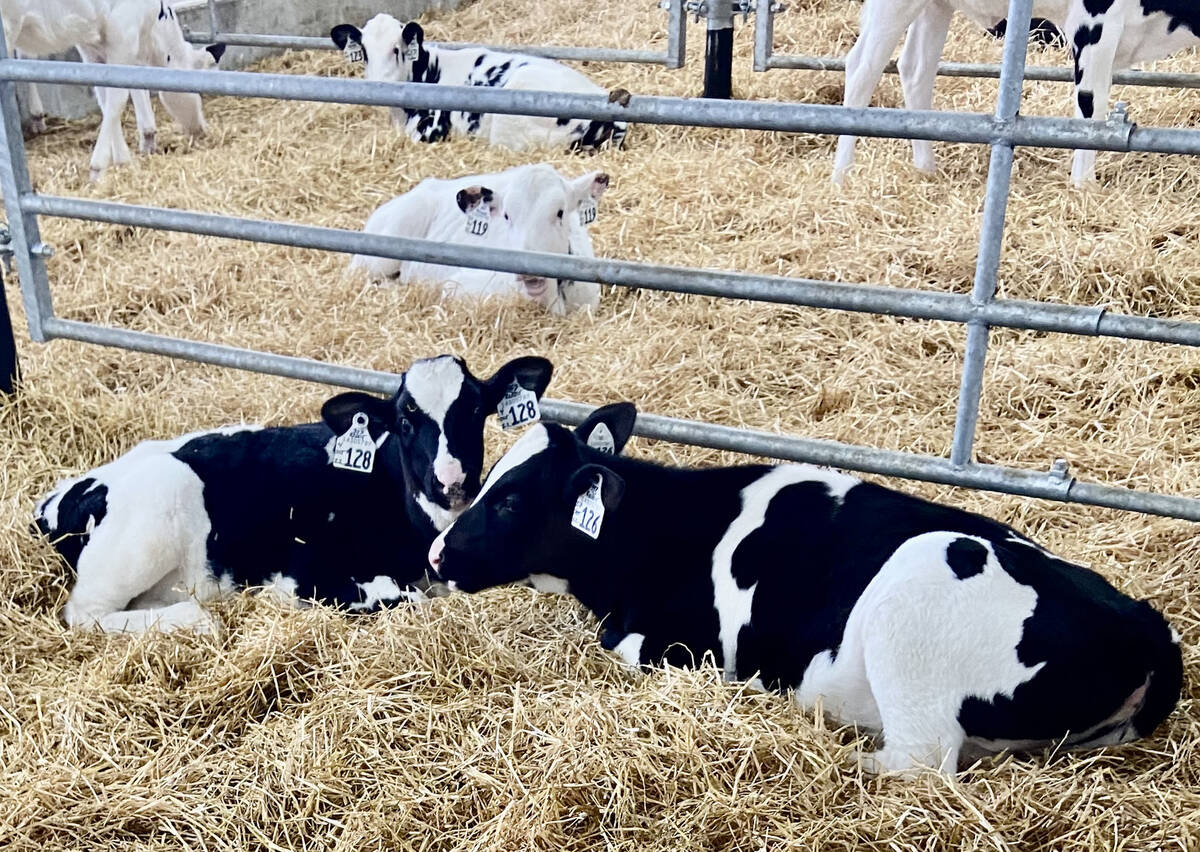
Back to the drawing board for sexed semen fertility ratings
Lactanet, the national genetic evaluation and dairy data provider, goes back to the drawing board with its sexed semen fertility rating index prototype.
In what state was hay harvest equipment moved into storage?
“Hopefully the previous operator did their due diligence the previous season,” says Franceshetti. “You want to clean balers before storing. We encourage first to keep it as clean as possible, and start taking a look around.”
Clean or not, a visual inspection is critical. Franceshetti suggests operators start by ensuring no animals have made their home within the nooks and crannies, and then look for other signs of damage.
This includes cracked or overly worn hydraulic hoses, burst lines and areas where fluid may have leaked and frozen over winter. If nothing else, refamiliarizing oneself with a piece of equipment can be useful.
“You can miss things when you’re not interacting with it daily,” says Franceshetti. “It’s a good time to open up the operator’s manual. There will be checklists and all the info you need to get it ready. It starts with fluids and fluid levels, making sure the [power take-off], joints, that everything is lubricated, that hydraulic hoses are routed properly — that’s even before connecting it to the tractor.”
It’s also important to review the previous season or consult any notes made about problems. Were there any funny sounds coming from the machine? Were those anomalies addressed or were they ignored in order to finish the task?
If problems were not fixed before the implement was stored, Franceshetti advises fixing them now rather than doing it in the middle of haying season.
“Pay attention to crop engaging components … They are doing the heavy lifting so you want to have really good positive crop engagement,” he says, referring to cutter bars, pick-up tines and other parts that can cause major headaches but are usually relatively easy and inexpensive to fix.
“Make sure bearings, chains, anything that’s moving, you want to make sure it’s properly lubricated, that there’s good tension in the chains and baler belts. People will often relieve tension in baler belts to increase belt life before putting equipment in storage. And any sort of knives, make sure they are sharp, not dull, broken or rusted.”
Franceshetti reiterates that safety equipment such as lights, guards and fire extinguishers are present and in good working condition.







